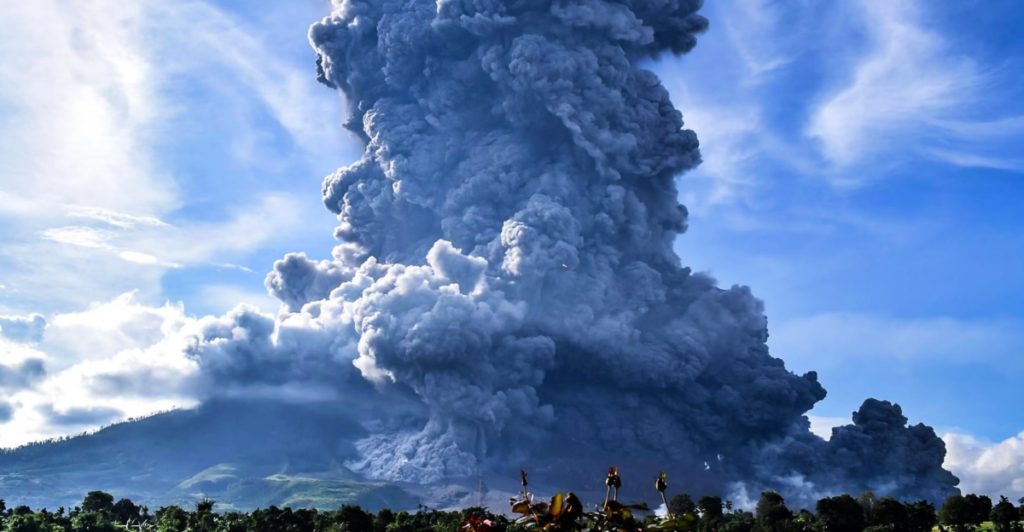
About 80 miles west of Anchorage, there’s a volcano that’s starting to show signs of activity. Mount Spurr is a stratovolcano whose unrest is marked by increased seismic activity, more gas emissions, and ground deformation.
These are all signs that an eruption could occur. The Alaska Volcano Observatory (AVO) observes volcanic activity in the region and has noticed the increased activity. They have put out an Advisory alert level and a Yellow aviation color code.
This indicates that there is activity, but an eruption is not imminent. However, if it were to erupt, its proximity to Alaska would have drastic consequences.
Past Eruptions
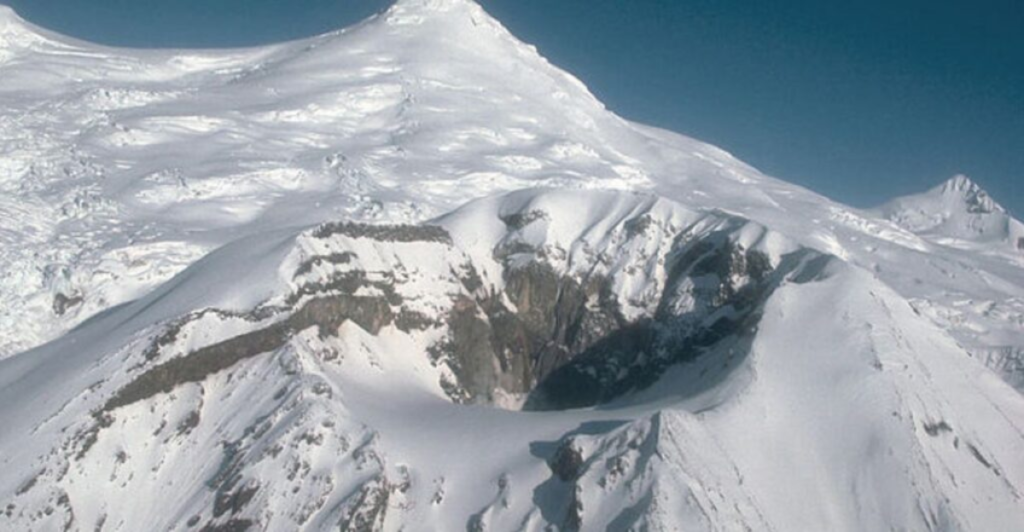
Mount Spurr has erupted in the past, with its Crater Peak vent going off both in 1953 and 1992. These eruptions result in ash clouds spewing out over ten miles in the air.
The eruption in 1992 sent between three and six million cubic meters of ash into the air. This grounded flights and coated Anchorage in volcanic dust. Its eruptions have historically been led by weeks of seismic activity spiking.
This somewhat mirrors the activity that researchers are observing right now. Spurr’s eruptions also generate pyroclastic flows, which are superheated gas and rock avalanches. Volcanic mudflows can bury valleys in debris.
Current Activity

Mount Spurr’s current activity started in late 2023, and over this time, it has averaged 80-100 weekly earthquakes that have spiked up to 3.5 magnitudes.
Gas emissions have recently spiked as well, with sulfur dioxide levels going from just 50 to 450 tons per day. Carbon dioxide ratios suggest that fresh magma is pumping through the volcano and is rising.
Thermal images captured from satellites show new hot spots near the summit. AVO has noted all of these signs and warns that these trends match previous patterns before historical eruptions.
Aviation Challenges
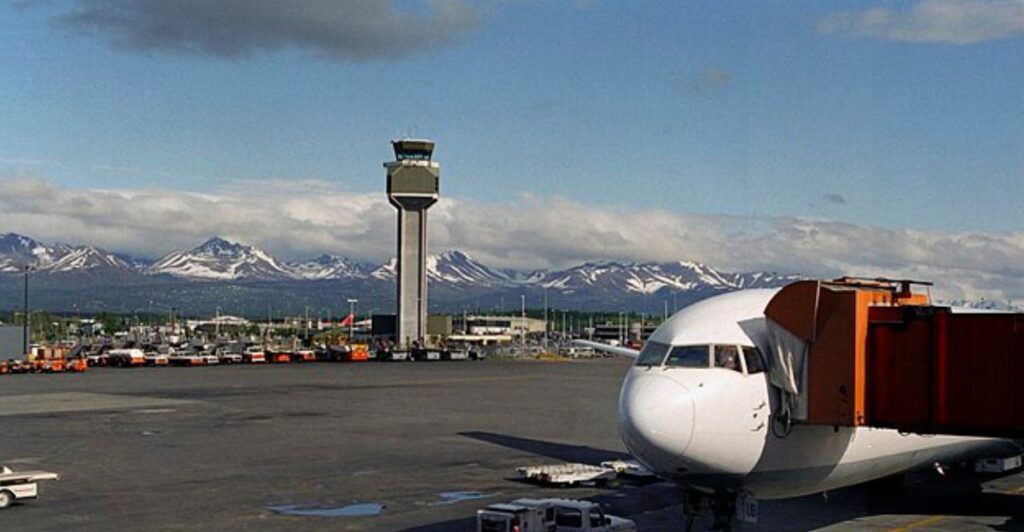
Spurr is located right beneath North Pacific Flight paths, and an eruption could put over 50,000 annual flights at risk. Volcanic ash is made up of tiny particles and is hot enough to melt jet engines if it gets inside them.
The last eruption over thirty years ago forced 75 flights to be canceled in just 48 hours. With air traffic in the modern age being 300% higher than in 1992, more than 100,000 passengers could be stranded or face delays if an eruption occurs again.
Five million passengers go through Anchorage Airport every year, and it is an important cargo hub. Ash fall would delay anything from Amazon packages to vital medical supplies.
Lahars And Floods
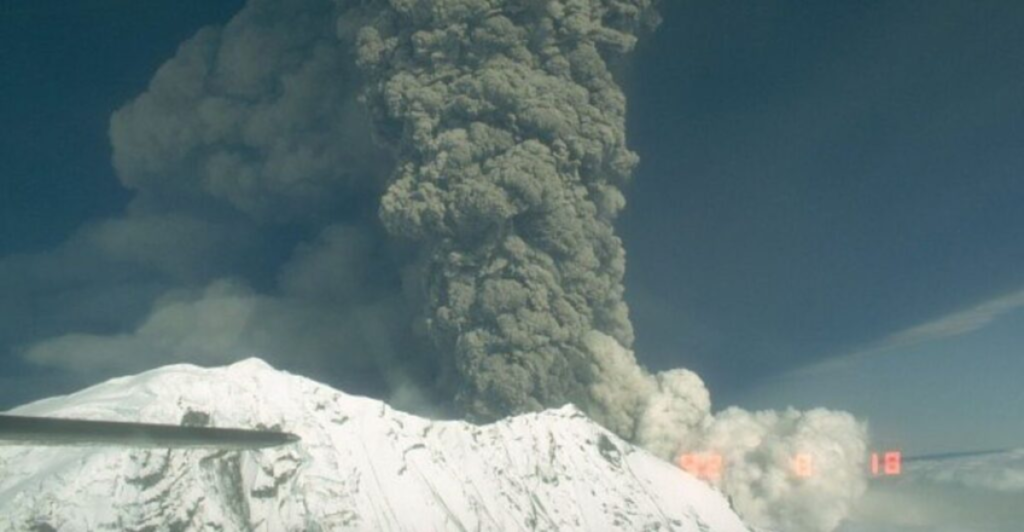
To further complicate things, Mount Spurr’s summit has over 2 cubic miles of ice. If the volcano erupted, the ice would rapidly melt, which would trigger volcanic mudflows with the same energy as concrete trucks, which could bury bridges and highways.
In 1992, volcanic mudslides from Spurr traveled more than fifty miles, which impeded river flow. Researchers have predicted that an eruption today would lead to the ice melt flooding the Chakachatna River, causing temporary dams.
If these ice dams suddenly broke, then huge walls of water could flood Cook Inlet, which would pose risks to coastal towns like Tyonek.
Complacency
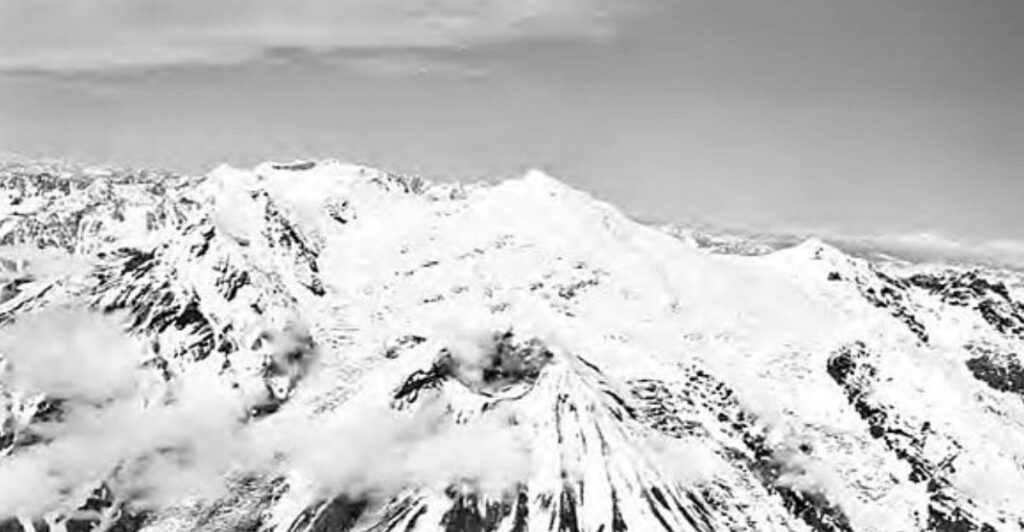
There are those that argue the alerts AVO has given out are somewhat premature, causing unnecessary panic. Spurr’s 1992 seismic events lasted for four months before culminating in the eruption.
However, modern monitoring data suggests that magma is rising much faster than in the past. No eruption is certain, but skepticism could precede a dangerous eruption, mirroring the events of Mount St. Helens.
Communities should remain vigilant and take the alerts seriously. While an eruption can never be prevented, proactive measures can be taken to help mitigate the effects of the eruption.
Economic Dominoes
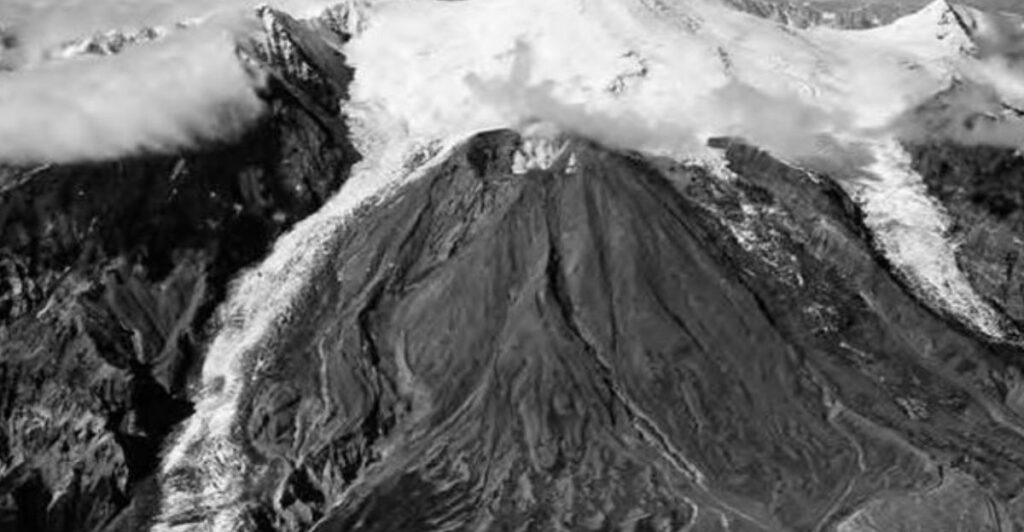
Spurr’s eruption would have implications for local economies. It could cost Alaska anywhere from $50 million to $500 million daily. Tourism is a huge part of the region, bringing in around $4.5 billion every year.
An eruption would mean planes would be grounded, and cruise ships would change course. Anchorage is also responsible for 10% of the world’s air freight, meaning that important supply chains like Tokyo to Chicago would be impacted.
Ashfall also poses a danger to citizen’s homes and could cost a lot in roof repairs. While the idea of an eruption becomes more clear, insurers could increase their premiums, bracing for respiratory cases.
Impact On Habitats And Animals
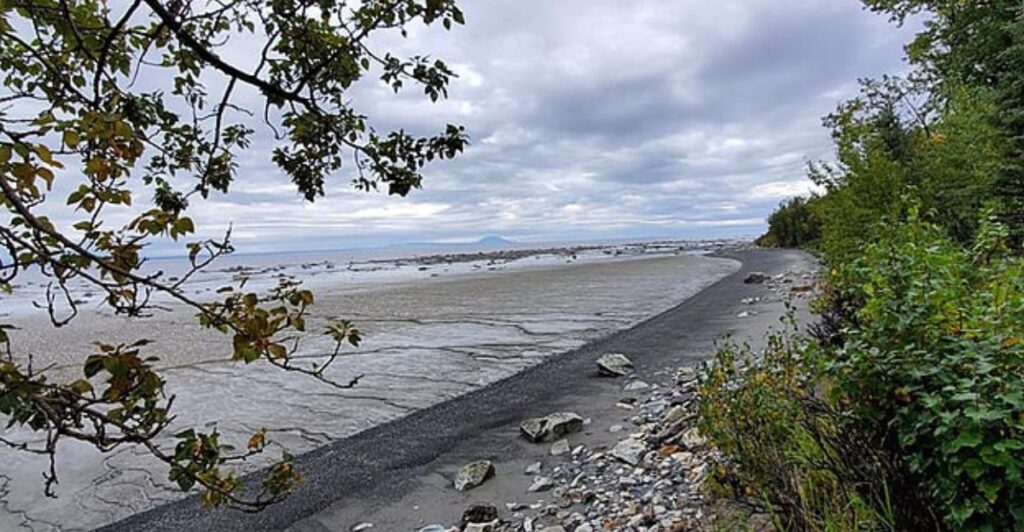
The impact that Mount Spurr would have on wildlife is not well-researched. There is little research on how animals respond to volcanic eruptions, but experts from the Alaska Department of Fish and Game say that most mammals and birds would most likely flee or look for shelter.
Ashfall would have a catastrophic effect on local water sources, contaminating them. The ash would also cause many respiratory problems in local species and could interfere with food webs.
Pets and livestock are also vulnerable to ash getting into their eyes, lungs, and paws. Pet owners are told to keep their pets indoors in the event of an eruption and check them for ash contamination.
Worst Case Scenario
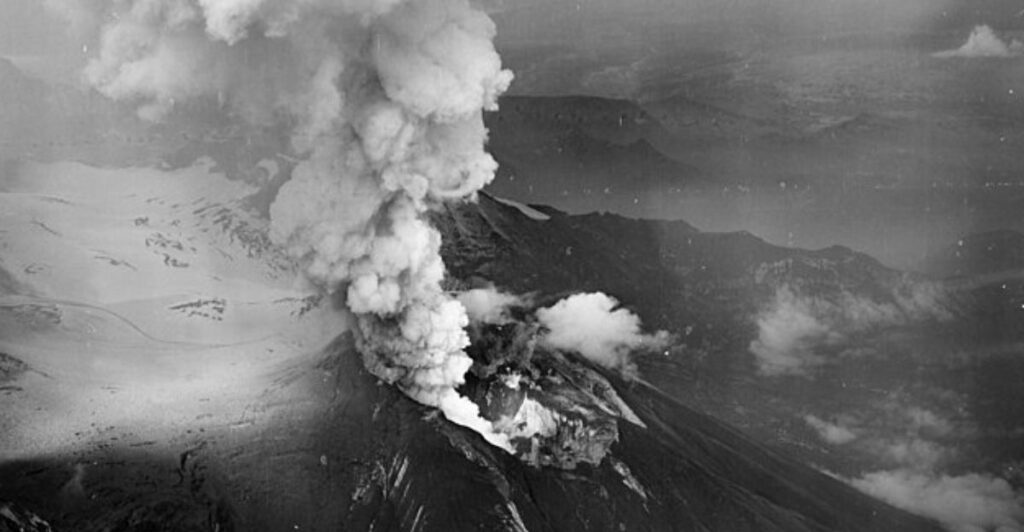
Bearing in mind that a large and catastrophic eruption is unlikely, an eruption being 100 times larger than the eruption in 1992 would be a worst-case scenario.
An eruption of this magnitude would bury Anchorage in over 12 inches of ash and possibly collapse roofs and short power grids. Over half a million resident’s access to water would be limited as water sources become contaminated.
These events are exceedingly rare but have happened in the past, such as the 2010 Eyjafjallajokull crisis, where a volcano erupted for the first time since 1823, spewing out ash and causing the largest shutdown of European air space since World War II.
Action Can’t Wait
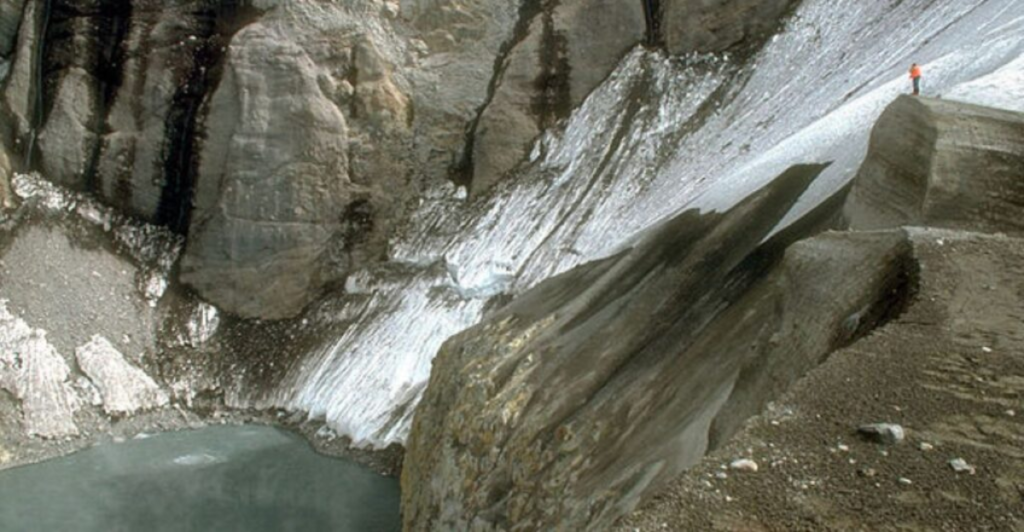
The warnings issued by AVO need to be taken seriously, and immediate action must be taken. Evacuation plans must be reviewed and updated if necessary, while emergency shelters should be expanded, and ash resistance infrastructure should be considered.
Airlines should brace to reroute flight plans, and hospitals should start stockpiling medical supplies that are resistant to ash fall.
Volcano eruptions in the past have shown that they don’t discriminate and have caused many deaths over the course of our history on this planet.
Explore more of our trending stories and hit Follow to keep them coming to your feed!

Don’t miss out on more stories like this! Hit the Follow button at the top of this article to stay updated with the latest news. Share your thoughts in the comments—we’d love to hear from you!







